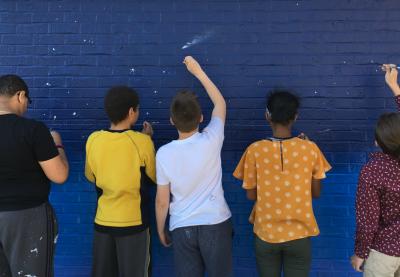With the renewal of their city’s downtown often described as a “renaissance,” Chris Dolgos and his students in Rochester, New York, asked the question, “Whose renaissance is it?” To find the answer, the sixth-graders studied the different faces of urban revitalization in cities across the United States. Students visited several sites nationwide, exploring the bridges and boundaries—aspects of urban planning such as murals, city parks, railroad tracks and freeways—that unify or separate communities.
TT Grants Coordinator Jey Ehrenhalt caught up with Dolgos to ask about the inspiration for his project, as well as the lessons he took away from the experience.
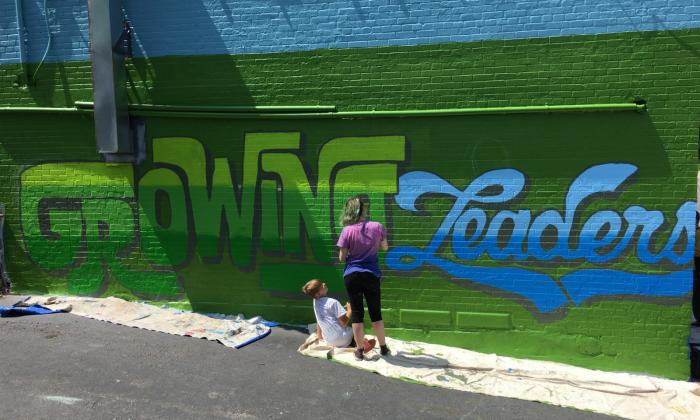
How did you arrive at your idea for this project?
We’re seeing a lot on the news about Rochester's downtown being redeveloped. It’s being reborn; there’s a renaissance in our community. We have boutiques, craft beer places and coffee houses. We started thinking, Well, who’s not included in this renaissance? Where is the renaissance in the northwest part of the city? Or the southwest part?
We decided to use the idea of renaissance as the lens to see if equitable urban development is realistic. Is it something that we can see in our city? If so, where?
We started with a three-mile walking tour through different neighborhoods. We walked through arts neighborhoods, then crossed the railroad tracks to the north side of the city, which is one of the poorer parts of New York state.
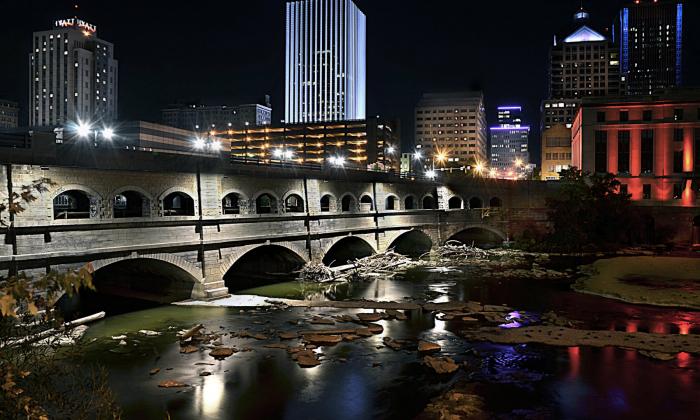
We tackled the concept of “bridges and barriers” in our community. We saw public art, murals and community gardens. We labeled those things as bridges: things that bring people together and unite neighbors in communities. Then we talked about barriers, things like railroad tracks and highways. We looked at poverty, homelessness and pollution as things that might hold people back from being the best that they could be.
We looked at other cities that have gone through their own renaissances, places that have done it successfully or are in the process of doing so. We went to New Orleans, Pittsburgh, Detroit and Oakland. The kids asked, “How are these cities creating equitable redevelopment? How does public art foster a sense of belonging and a neighborhood identity? Where does the youth voice fit into all of this?”
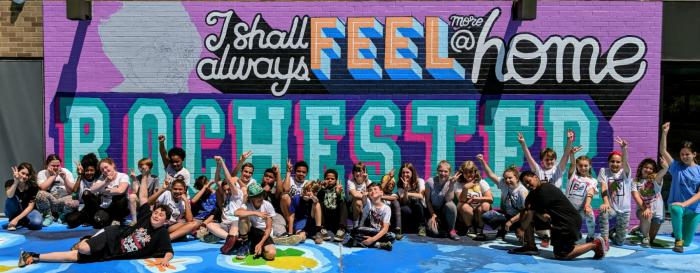
I know you wanted to incorporate this project across the sixth-grade curriculum. How did you find ways to work the project into your interdisciplinary learning environment?
In math, we looked at how data tells a story about a community. We looked at poverty rates and census data about where the poverty rates occurred. The kids could see a correlation between poverty and race. They said, “Why is it like this? How’d it get like this?” Then we discussed redlining and how it works.
We looked into literacy. We read Kwame Alexander’s novels. We looked at African-American health statistics and the fact that hypertension is prevalent among African-American men, and possible explanations for that. Then we learned more about the potential stressors of being black and how they might affect people, how that can happen for a whole segment of the population.
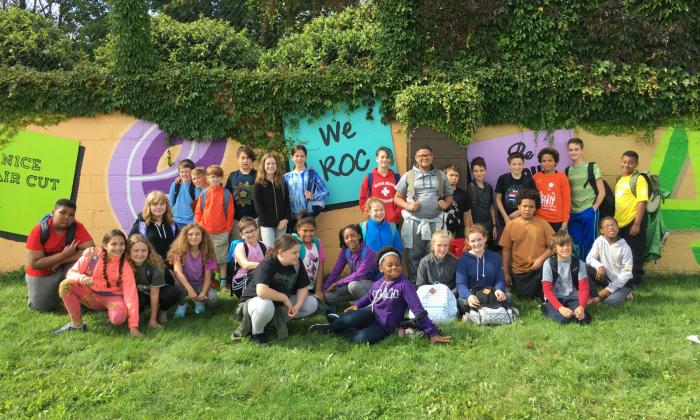
How can other educators replicate this project?
Start with what you don’t know. Reach out to local experts and find out what the real issues are. We didn’t understand a lot about urban planning, so talking with an urban planner and a city planner really helped. Working with a local nonprofit called ACT Rochester helped students understand the demographic data and the stories they told.
I recommend finding experts in your community because they want to communicate their message and their mission. Everyone we worked with was grateful and willing to work with our sixth-graders.
We also used the Teaching Tolerance Social Justice Standards. So, when we looked at student identity, we could focus on the Identity standards. When we talked about racism—historically and through the lens of science—we looked at the Diversity standards. And, of course, the Justice and Action pieces were the icing on top when we asked, “What can we do now? What steps can we take to enact change?”
Ehrenhalt is the school-based programming and grants manager at Teaching Tolerance.
Learn more about the Teaching Tolerance Educator Grants program and apply for your own grant here!
